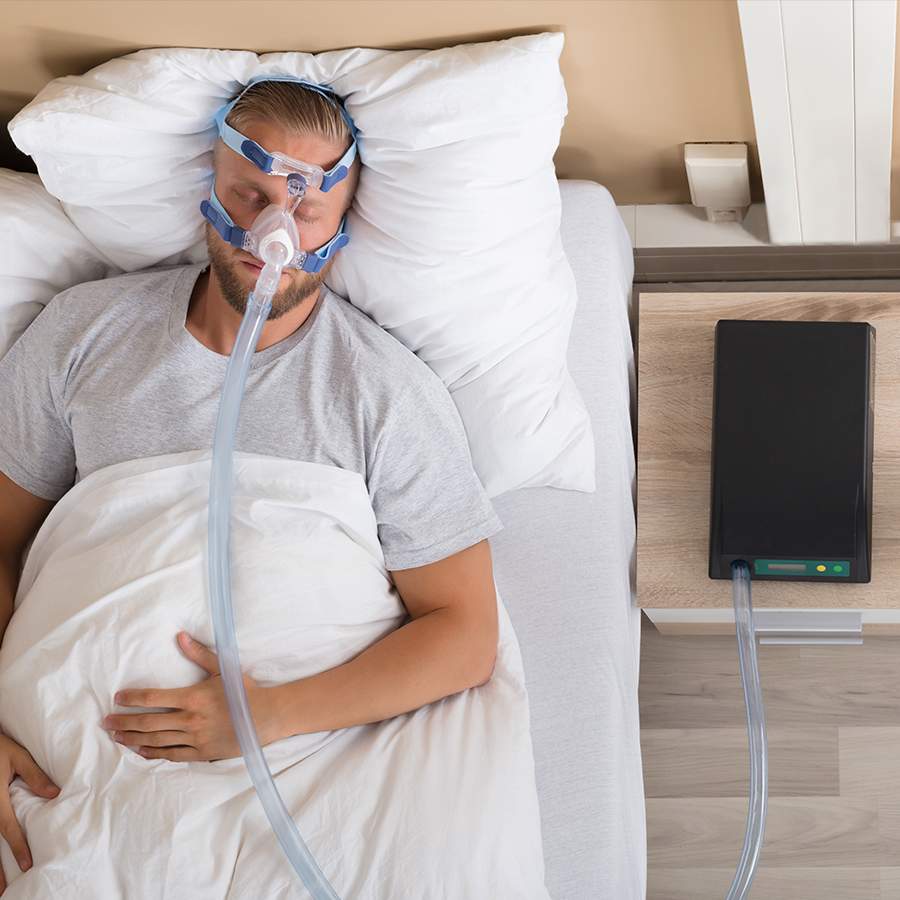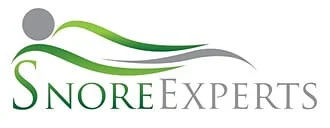Latest Posts
Common Reasons for CPAP Intolerance
Treating Sleep Apnea with Custom Oral Appliances
Common Warning Signs of Obstructive Sleep Apnea
Simple and Effective: NightLase Laser Snoring Therapy
What Is The Best Sleep Position For People With Sleep Apnea?
Archives
September 2020
July 2019
June 2019
May 2019
April 2019
February 2019
December 2018
September 2018
July 2018
May 2018
April 2018
March 2018
February 2018
January 2018
November 2017
October 2017
September 2017
August 2017
July 2017
June 2017
May 2017
February 2017
January 2017
December 2016
September 2016
August 2016
April 2016
March 2016
February 2016
January 2016
December 2015
November 2015
April 2014
March 2014
February 2014
January 2014
Common Reasons for CPAP Intolerance
What Is CPAP?
More than 18 million Americans suffer from sleep apnea which causes breathing difficulties when sleeping. To remedy this, they receive Continuous Positive Airway Pressure, or CPAP treatment.
A CPAP machine has a face mask, a hose, and a little box that generates flow. Wearing the mask allows people with breathing problems to comfortably sleep through the night as it produces a constant stream of pressure and improves breathing.
What Is CPAP Intolerance?
30% of CPAP users report that they cannot tolerate the treatment and stop using it before their treatment is complete.
The CPAP machines require an acclimatization period.
What Are the Most Common Reasons for CPAP Intolerance?
Leakage
When the mask doesn’t fit onto your face right, it ends up leaking. The mask offers serious relief, but it can be a new and alien sensation to most.
To remedy this, patients are recommended to wear the mask during their waking hours to condition their face and mind into wearing the mask.
The Sensation of Being Trapped or Claustrophobia
Compounding existing breathing issues, wearing the mask gives many the sensations of claustrophobia. The resulting anxiety and panic further agitate sleep conditions.
To remedy this, wear the mask when the machine isn’t running.
You’ll see that vent holes are drilled into the mask to guarantee airflow even if the machine has stopped working, malfunctioned, or failed for any reason whatsoever.
The mask is precisely engineered to help to breathe, and never hinders it, ever. There are nasal pillow masks available as substitutes to the full-face mask for additional help.
Too Noisy
The machine disturbs either the patient or their bed partner.
There are specific mask models, such as the Swift FX and the Amara View, which have been engineered to result in minimal sound.
Leaky masks aggravate the sound. Tighten and readjust the straps to zip up and minimize leaks.
Nasal Congestion
Using a nasal mask along with nasal allergies aggravates breathing issues. Different antihistamines and nasal sprays can resolve the congestion. Using a heated humidifier opens the nasal passages and complements your CPAP machine nicely here.
Choking Sensation
Breathing pressurized air feels different from regular air. The problem arises from not putting the mask on first. Fortunately, there’s a simple remedy to acclimatize yourself and reduce this sensation.
First, attach your mask onto your face and get the straps where they need to be. No gaps, no leakage. Second, increase the pressure by turning on the machine. Thirdly, breathe. You’ll find it much easier when you put the mask on first.
Airflow into the Eyes
The vents can blow air that travels up the cheeks and falls on the eyes. The constant pressure is a result of breathing well, but the carbon dioxide being blown into your eyes can be frustrating. Mask leakage can aggravate this problem.
Consider purchasing a mask liner to absorb moisture, and act as a barrier between the user and the CPAP mask. This should offer serious relief.
If you suffer from CPAP intolerance and are in need of an alternative way to treat your sleep apnea, contact Snore Experts today to schedule a consultation. We can find a solution that works for you so you can get the good nights rest you need.
Posted by kateryna on Sep 18th, 2020 11:39 am
Filed under General. You can follow any responses to this entry through the RSS 2.0 feed. Both comments and pings are currently closed.
Comments are closed.

CPAP/APAP
HOW DO I USE A CPAP?
Positive Airway Pressure (PAP) is considered by many the gold standard for the treatment of sleep apnea, especially for very severe cases. The CPAP and APAP machines are designed to increase air pressure going through the throat. This prevents the airway from collapsing during inhalation. At Snore Experts, we have helped countless patients get a good night’s rest using CPAP treatments to treat their sleep apnea. The goal of positive airway pressure is to keep the airway from collapsing using air pressure.
